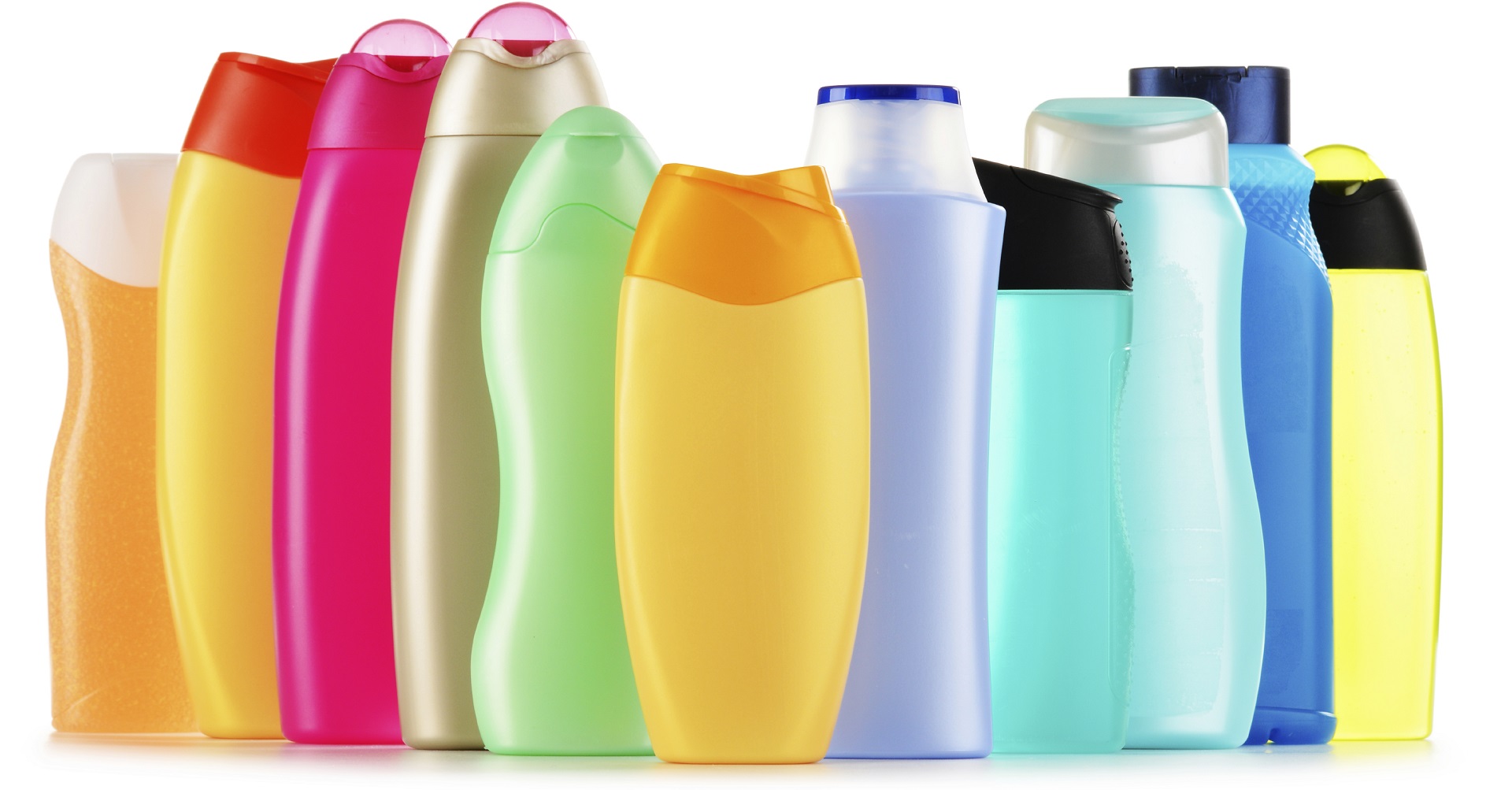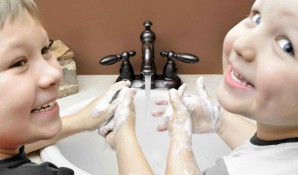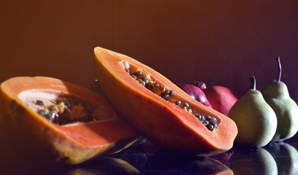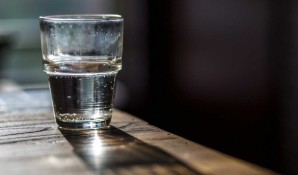You may have heard of two recent cases against Johnson & Johnson, in which they had to pay damages because the court found that baby powder causes ovarian cancer. These cases are alarming for just about every woman who has ever dashed a coating of the powder on a baby’s bum or beaten hot-weather chafing by applying it to her thighs.
Before you rush out to get your ovaries scanned (although annual check-ups with a gynae should be a part of every woman’s healthcare routine anyway), it helps to understand the truth behind the headlines. We investigated.
What the court cases found In February, a US court ordered Johnson & Johnson to pay $72 million in damages to a woman whose death from ovarian cancer was linked to the use of the company’s baby powder. Then in May, the company was again ordered to pay $55 million in damages to a woman who said that the talc product had caused her ovarian cancer.
However, Johnson & Johnson are appealing the decisions and say that the rulings contradict the findings of thirty years of scientific research. And even the American Cancer Society says that “the findings have been mixed”.
How risky is the use of baby powder, really? While the findings of these court cases (and 1 200 other similar cases now awaiting trial) will continue to be the source of debate for many years to come, it pays to be aware of the potential risks associated with using baby powder. The International Agency for Research on Cancer, which is part of the World Health Organization, has said that the use of talc in the genital area is “possibly carcinogenic to humans”.
Luisa Dillner, a doctor who heads up BMJ Group Research and Development, wrote in an article in the Guardian: “There is a plausible mechanism by which talc could promote cancer – by triggering long-term inflammation. But since ovarian cancer is uncommon, the use of talc will only raise a small risk by a smallish amount (up to a third). There are stronger risks for ovarian cancer, such as genetic abnormalities, hormone replacement therapy and being overweight.”
Women without a family history of ovarian cancer have a lifetime risk of around 2% of developing this disease. The potential risk as a result of using talc, according to Dillner’s article, is therefore 2.67% at most. While no one wants to mess about with cancer risks, you can see that talc users aren’t taking a terrible chance.
So what should I do to reduce my risk of cancer? While your chances of getting cancer as a result of using baby powder seem to be extremely low, no one really wants to increase their risk of developing a deadly disease. If you can easily forgo this part of your beauty and hygiene routine, then do so. As Dillner said in her article, “while talc many not be unsafe, a fluffy towel is safer.” Essentially, you can use other things to dry your thighs.
It’s also worth bearing in mind that, on average, women put about 168 different chemicals on their bodies every day in the form of beauty products – many of which potentially cause cancer or disrupt hormones. According to this article, these are some of the most harmful cosmetic ingredients:
- Parabens: Parabens are widely used preservatives that possess estrogen-mimicking properties that are associated with an increased risk of breast cancer.
- Synthetic colours: Synthetic colors are suspected to be a human carcinogen, skin irritant and cause of ADHD.
- Fragrance: Fragrance mixes have been associated with allergies, dermatitis, respiratory distress and potential effects on the reproductive system.
- Phthalates: They are known to be endocrine disruptors and have been linked to increased risk of breast cancer, early breast development in girls, and reproductive birth defects in males and females.
- Triclosan:Tricolson is a widely used antimicrobial chemical that’s a known endocrine disruptor — especially thyroid and reproductive hormones, and a skin irritant.
- Sodium lauryl sulfate (SLS) / Sodium laureth sulfate (SLES): These are known to be skin, lung, and eye irritants and can combine with other chemicals to form nitrosamines, a carcinogen.
- Formaldehyde: Formaldehyde and formaldehyde-releasing preservatives have been deemed as human carcinogens.
- Toluene: You may see this on labels listed as benzene, toluol, phenylmethane, methylbenzene. It can affect your respiratory system, cause nausea and irritate your skin, and cause damage to a developing foetus.
- Propylene glycol: Propylene glycol is classified as a skin irritant and penetrator. It has been associated with causing dermatitis as well as hives in humans.
- Chemicals found in sunscreens: These chemicals are endocrine disruptors and are believed to be easily absorbed into the body. They may also cause cellular damage and cancer in the body.
While organic and safe skin care ranges can be expensive, it is possible to simply reduce the amount of products and fragrances you use every day by doing a little research into their ingredients and avoiding those that are most harmful and not absolutely necessary.
The bottom line? Baby powder is unlikely to give you cancer, but any increase in risk from a product that can be easily avoided shouldn’t really be tolerated. But don’t limit yourself to quitting baby powder. Consider all the harmful toxins that you are exposing yourself to every day, and attempt to cut back where you can.




